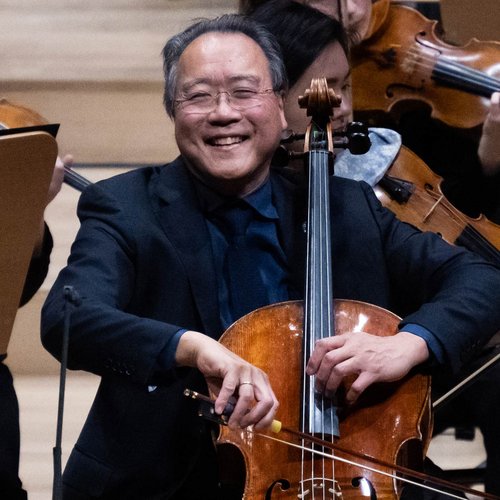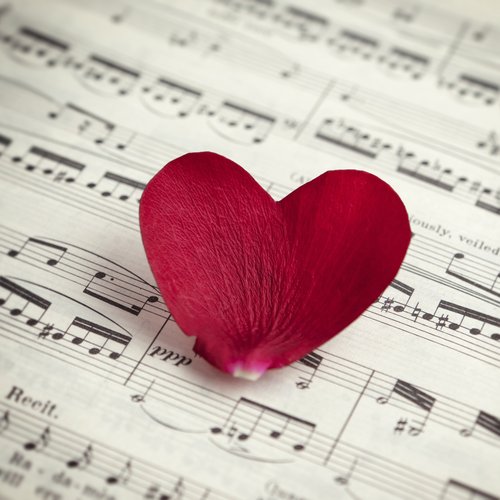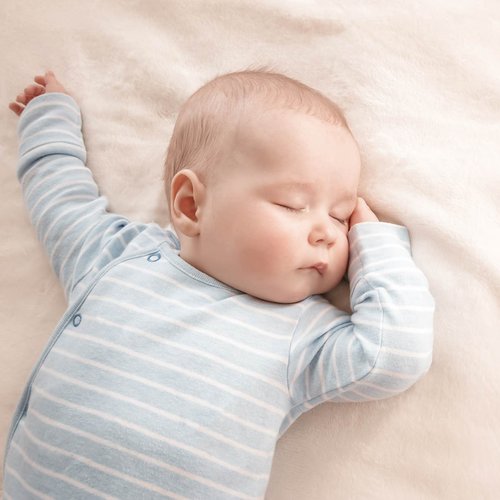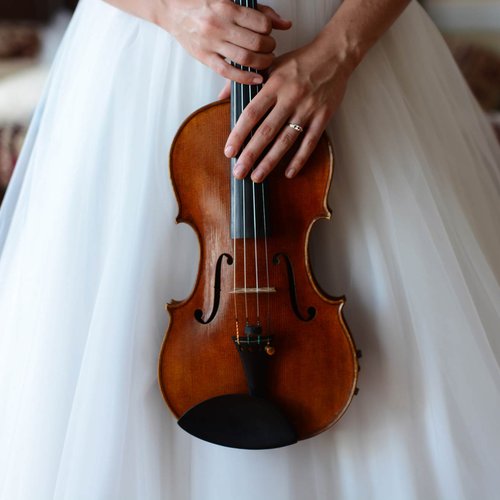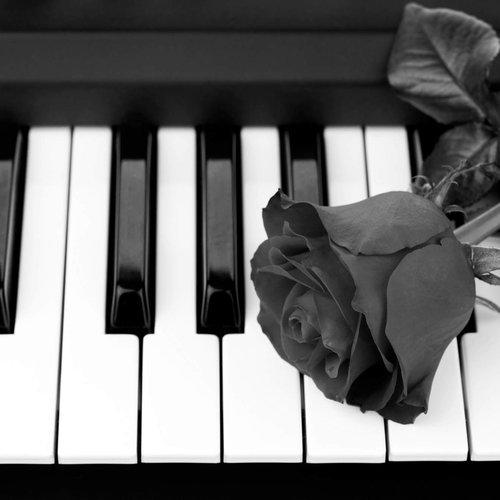Where do bagpipes come from, and who invented them?
19 September 2022, 17:32 | Updated: 20 September 2022, 15:59
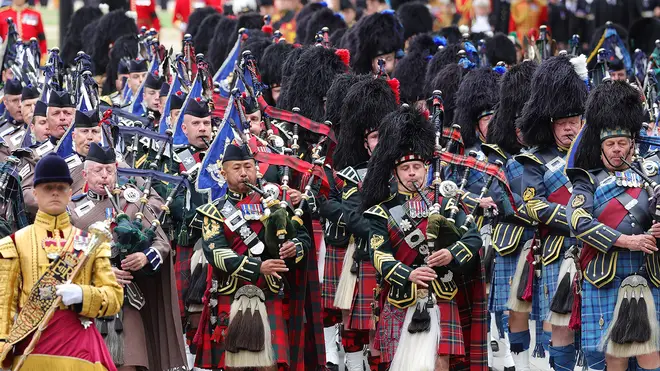
Today, bagpipes are most closely associated with Scotland. But did you know they can be traced back to an entirely different continent?
Think of bagpipes, and you probably picture a piper wearing tartan kilt, feather bonnet, and the three-tasselled sporran, playing ‘Scotland the Brave’, or perhaps ‘Skye Boat Song’.
Scotland undoubtedly has the strongest bagpiping tradition today, but early evidence suggests that the instrument’s origins may lie further afield.
The bagpipe as we know it today consists of a pipe that is blown into (to fill the bag with air), at least one drone, and a chanter – a hollow pipe with holes that allow the piper to play a melody.
The earliest description of a bagpipe-like instrument comes from Egypt, as early as 400 BC. The so-called ‘pipers of Thebes’ were said to play instruments with pipes made from dog skin and chanters of bone.
A sculpture, found at the site of a Hittite settlement in Hüyük, modern-day Turkey, dates back to around 1000 BC and is thought by some researchers to resemble bagpipes, although others suggest it is a pan flute and drum.
There are also various tales from ancient Greece and the Roman Empire that seem to describe bagpipe-like instruments, and some even suggest that it was the bagpipes that Emperor Nero played ‘as Rome burned’, not his infamous fiddle.
Read more: Lone piper plays poignant lament as the Queen’s coffin leaves Westminster Abbey

Queen Elizabeth II - one final lament, “A Salute to the Royal Fendersmith”
Bagpipes in Medieval Europe
The earliest bagpipe artefact that has been discovered is a chanter, found in Rostock, Germany, in 1985, and dated back to the late 14th century. There are, however, several depictions in art and sculpture that suggest the instrument existed in Europe at least 100 years prior.
An illustration in the Cantigas de Santa Maria, a 13th century book of poems set to music, quite clearly depicts two bagpipers, with visible pipes, bags, and chanters. A similar illustration can also be found in a manuscript from northern France, dated around the same time.
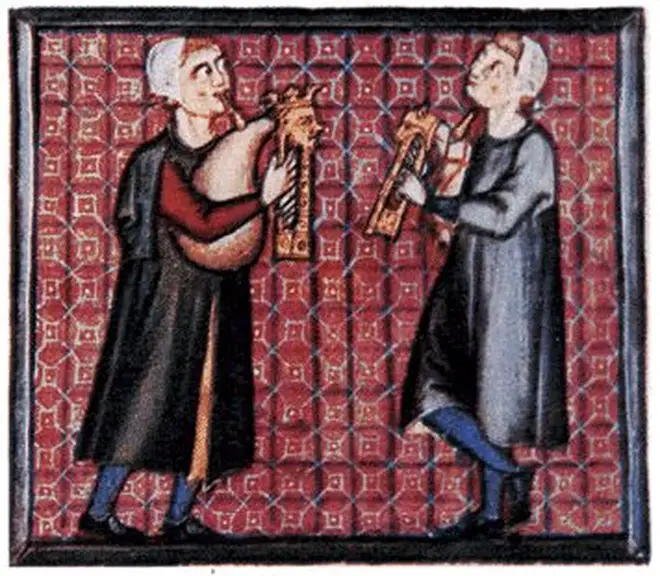
The following century, a passage from Geoffrey Chaucer’s magnum opus, The Canterbury Tales (1387-1400), describes the bagpiping proficiency of Robin the Miller: “A baggepype wel coude he blowe and sowne, And ther-with-al he broghte us out of towne”.
In some 15th and 16th-century European churches, you’ll find miniature sculptures of bagpipes – often played by animals – carved into the wooden choir stalls.
The invention of the printing press in the mid-15th century led to more and more written descriptions of musical culture and, importantly, music which had previously been passed on in the oral tradition began to be written down.
In 1581, John Derricke published The Image of Irelande, with illustrations that clearly depict a bagpiper, and William Byrd’s My Ladye Nevells Booke (1591) includes a piece of music called ‘The bagpipe and the drone’, written for harpsichord.
Thanks to a strong culture of passing down music by ear, the first piece of music written down for the bagpipes may not have appeared until the 18th century. A document from the 1730s known as the ‘William Dixon manuscript’ – now kept in the A.K. Bell Library in Perth, Scotland – is the oldest known instance of pipe music being printed.

The history of Scottish Highland bagpipes
Opinions differ as to how, or when exactly bagpipes arrived in Scotland. One clan claims to own a set of bagpipes that was carried at the Battle of Bannockburn in 1314. We know for certain that they must have been there by 1400, as records of the Battle of the North Inch in 1396 describe ‘warpipes’ being played.
Bagpipes were commonly used as rallying instruments at war, as a French historical document notes their distinctive sound ringing out at the Battle of Pinkie in 1547. The 16th century Scottish historian George Buchanan even wrote that bagpipes had replaced the trumpet on the battlefield as the symbolic sound of battle.
It’s likely that the Scottish Highland bagpipe began with just one drone, with the second added during the mid to late 1500s, and the third introduced in the early 1700s.
Throughout this period, the ceòl mór, also known as pibroch – tunes for battle, marches, gatherings of friends and family, martial salutes and laments – became established as the core bagpipe repertoire. This time also saw the rise of piping families, which included the MacCrimmons, MacArthurs, MacGregors and Rankins.
Read more: Queen Elizabeth II’s funeral – all the music played during the service
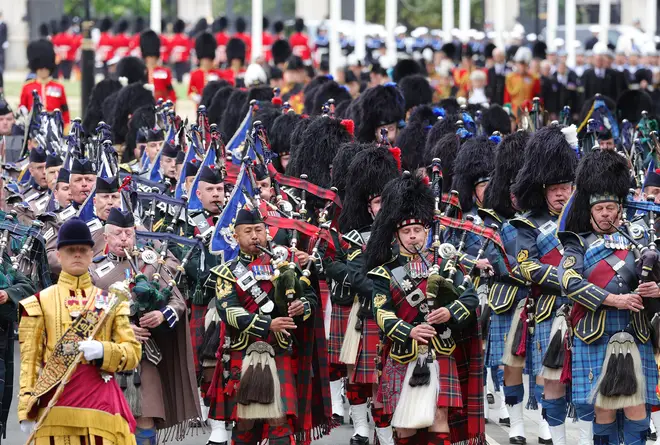
Bagpipe-playing suffered a decline after King George II passed his 1746 Act of Proscription, in an effort to gain the Scottish Highlands for his own empire. The act weakened the powers of clan chiefs, and caused mass emigration out of Scotland.
Although it is often said that the Act criminalised the possession, or playing, of bagpipes, no evidence exists in the writing of the act, nor in any prosecutions under the act. Through weakening Scotland’s culture, clan system, and independence, however, use of the instrument did decline.
Some popularity returned during the expansion of the British Empire, as Highland regiments were at the forefront of many of the British military invasions. Pipers were also included amongst the troops of both world wars.
Today, the bagpipes are frequently heard during military occasions and formal ceremonies, including at the funeral service for Her Majesty Queen Elizabeth II on 19 September 2022.
They are also the official instrument of the World Curling Federation, thanks to the large influence Scots have had on the sport.
Despite all its Scottish connotations, it might be surprising, therefore, to hear that the world’s largest producer of bagpipes is not Scotland, but Pakistan, whose bagpipe industry was worth almost $7 million in 2010.

























